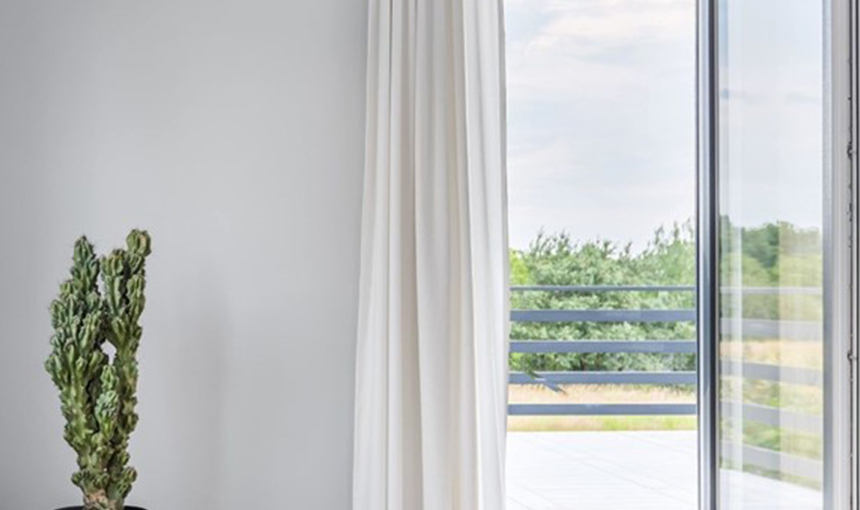How to Install Aluminium Doors: A Comprehensive Guide
Aluminium doors have gained immense popularity recently due to their durability, versatility, and aesthetic appeal. Their charm has made them a top choice for homeowners and builders alike. Whether you're in the middle of a home renovation project or constructing a new dwelling, aluminium doors offer many benefits that make them a standout option. In the section below, we’ll discuss how to install the aluminium doors. Let’s get started.
Why Opt for Aluminium Doors?
-
Unmatched Durability
Aluminium doors are renowned for their exceptional longevity. They can withstand the harshest weather conditions without corroding or deteriorating. Unlike wooden doors that demand continuous upkeep, aluminium doors offer a maintenance-free solution, ensuring longevity and peace of mind.
-
Enhanced Energy Efficiency
Modern aluminium doors are created with energy efficiency in mind. Many feature thermal breaks and insulation, effectively regulating indoor temperatures. This provides comfort year-round, reduces energy consumption, and cuts down on utility bills.
-
Design Freedom
One of the significant advantages of aluminium doors is their design versatility. They come in various styles, finishes, and colours, allowing you to tailor them to your architectural preferences. Whether aiming for a contemporary look or a more traditional feel, aluminium doors can be customized to match your vision.
-
Superior Security
Security is paramount for any home or building. Aluminium doors offer robust strength and security features, providing a formidable barrier against potential intruders. Many models come equipped with multi-point locking systems, further enhancing your safety.
Steps to Install Aluminium Doors
1. Accurate Measurements
Begin by meticulously measuring the opening where you intend to install the aluminium door. Precision is vital to ensure a seamless fit. Measure the space's width, height, and depth, considering any irregularities.
2. Select the Right Style
Choose an aluminium door style that complements your preferences and your space's architectural aesthetics. Options include sliding, hinged, bi-fold, and French doors. Consider factors such as available space and desired natural light when selecting.
3. Procure High-Quality Aluminium Doors
Acquire your aluminium doors from a reputable supplier, ensuring they come with all the necessary hardware and accessories, such as handles, locks, and hinges. If you need more clarification about which type of aluminium door best suits your needs, consult a professional for expert guidance.
4. Preparation is Key
Prepare the installation area by removing pre-existing doors, frames, or trim. Thoroughly clean the space and make any required adjustments to ensure it is level and square. Shims may be necessary if the opening is not perfectly square.
5. Meticulous Installation & Sealing
Follow the manufacturer's instructions closely when installing your aluminium doors. This typically involves attaching the frame, securely placing the doors, and ensuring they operate smoothly. Seal gaps around the frame meticulously with high-quality weatherproof sealant, effectively preventing drafts and water infiltration.
6. Consider Insulation
Contemplate adding insulation around the door frame for optimal energy efficiency and soundproofing. Utilize foam insulation strips or expanding foam to fill the gaps between the frame and the wall. This step will contribute significantly to maintaining a comfortable indoor environment and reducing energy costs.
Conclusion
By opting for aluminium doors, you are making a smart investment in your space's comfort, security, and aesthetics. These doors provide exceptional durability, demand minimal maintenance, enhance energy efficiency, and offer design flexibility. Armed with the insights and steps outlined in this guide, you can confidently embark on your aluminium door installation project. If you require professional help with your aluminium door installation, choose AIS Windows for the best results. Our expertise and dedication to quality ensure that your project will be executed flawlessly, leaving you with the peace of mind that your aluminium doors are installed to perfection.



